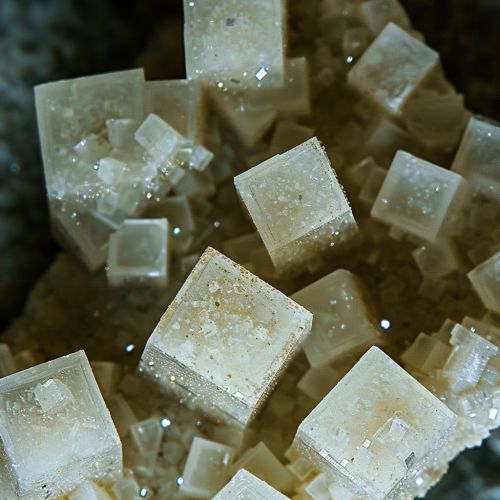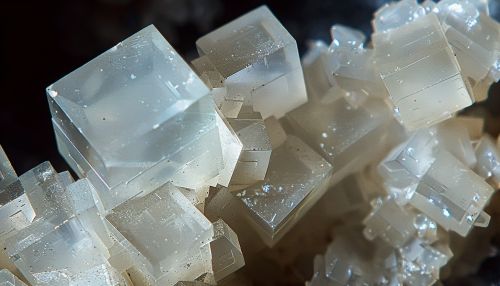Nitrite: Difference between revisions
No edit summary |
No edit summary |
||
| Line 22: | Line 22: | ||
* [[Methemoglobinemia]] | * [[Methemoglobinemia]] | ||
[[Image:Detail-77729.jpg|thumb|center|A close-up image of nitrite crystals. The crystals are white and have a cubic shape. They are displayed on a dark background to highlight their structure and color.]] | [[Image:Detail-77729.jpg|thumb|center|A close-up image of nitrite crystals. The crystals are white and have a cubic shape. They are displayed on a dark background to highlight their structure and color.|class=only_on_mobile]] | ||
[[Image:Detail-77730.jpg|thumb|center|A close-up image of nitrite crystals. The crystals are white and have a cubic shape. They are displayed on a dark background to highlight their structure and color.|class=only_on_desktop]] | |||
[[Category:Chemical compounds]] | [[Category:Chemical compounds]] | ||
[[Category:Food additives]] | [[Category:Food additives]] | ||
[[Category:Environmental science]] | [[Category:Environmental science]] | ||
Latest revision as of 11:22, 7 May 2024
Introduction
Nitrites are a type of chemical compound that are derived from nitrous acid. They contain the nitrite ion, NO2−, and are often used in the food industry as a preservative and color fixative. Nitrites are also found in the human body and play a significant role in biological processes.
Chemical Properties
Nitrites are salts or esters of nitrous acid and contain the nitrite ion. The nitrite ion is a symmetric molecule, with both nitrogen-oxygen bonds having equal length and a bond angle of about 115°. The N–O bond length is 1.21 Å, and the molecule has a resonance structure that allows it to oscillate between a single and double bond.
Biological Role
In the human body, nitrites are produced as a byproduct of nitric oxide, a molecule that plays a crucial role in cardiovascular health and the immune response. Nitrites are also found in vegetables and are a major source of nitric oxide in the diet.
Industrial Uses
In the food industry, nitrites are often used as a preservative and color fixative, particularly in cured meats. They prevent the growth of botulism-causing bacteria and give meats a pink or red color. However, the use of nitrites in food has been controversial due to potential health risks.
Health Risks
Excessive consumption of nitrites can lead to a condition called methemoglobinemia, where the body's hemoglobin is unable to carry oxygen effectively. There is also some evidence to suggest that nitrites may be carcinogenic, although this is still a topic of ongoing research.
Environmental Impact
Nitrites can also have a significant impact on the environment. They are a major component of air pollution and can contribute to the formation of acid rain. In water bodies, high levels of nitrites can lead to eutrophication, a process that depletes oxygen levels and can lead to the death of aquatic life.
See Also


